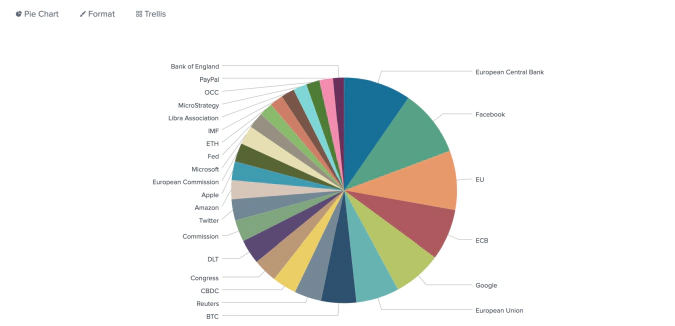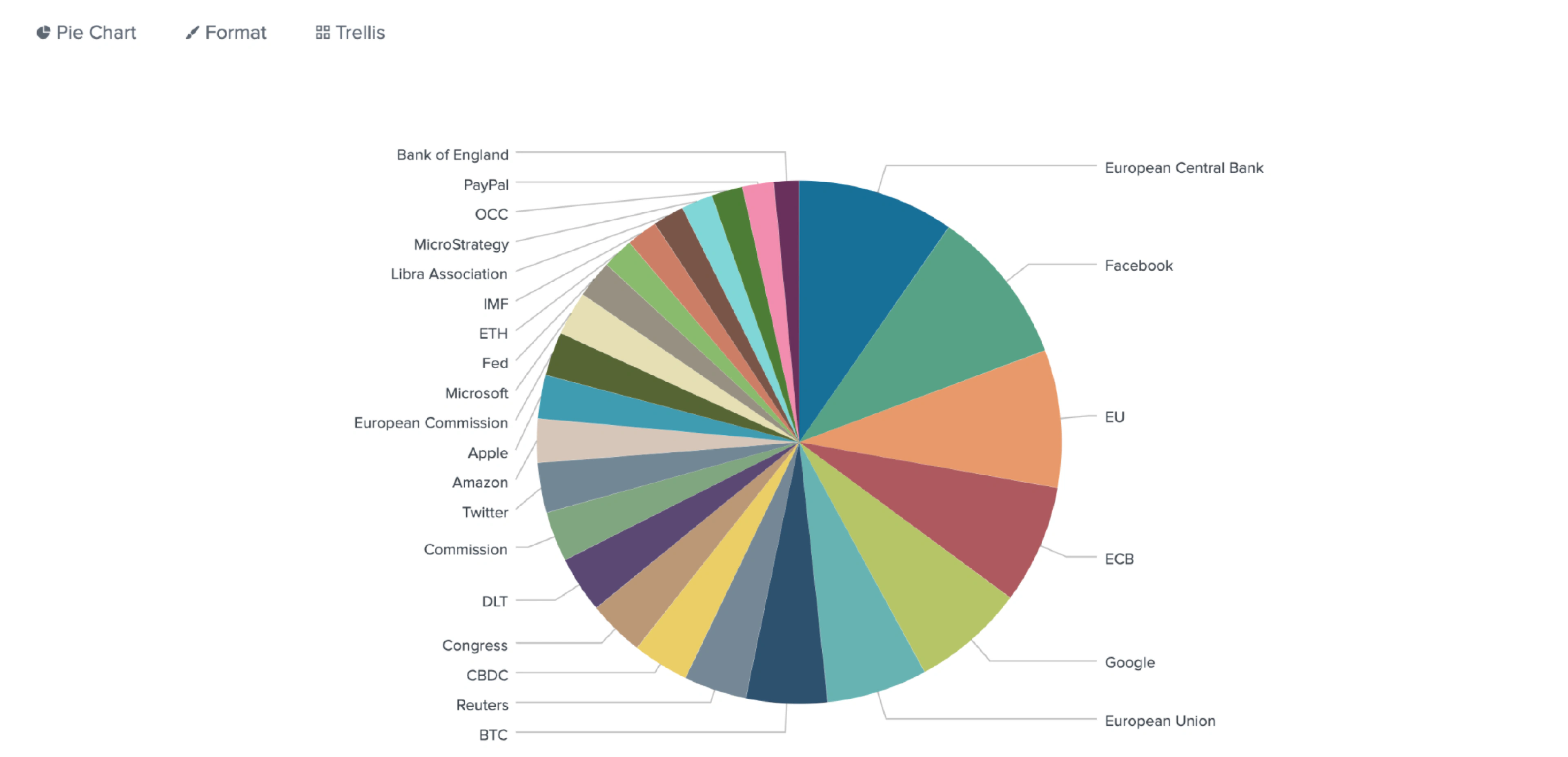Summary
Europe’s Digital Euro is a joint CBDC project of the EU member countries. As of February 2021, the European countries are more or less on the same stage of conceptualizing the legislative, technical, and business components necessary for a CBDC. The only exception is France, which has already conducted two pilot tests. Despite the countries’ independent efforts, the European Central Bank (ECB) will be the one responsible for the introduction of the Digital Euro. Christine Lagarde, President of the ECB, expects it to happen within a 4-year timeframe.
In October 2020, the ECB released a report examining the possible scenarios that could trigger Digital Euro issuance and started a 3-month public consultation. Among the issues were a potential decline of cash and a wide adoption of a foreign CBDC in the eurozone. The initial analysis showed that privacy, security, and pan-European reach are among the highest preferences for European citizens.
The ECB is expected to decide on the Digital Euro issuance around mid-2021. As not all members of the European Union are part of the eurozone, internal politics plays an important role in undertaken pilot projects. This often fuels internal economic rivalry that can affect those projects. The Dutch Central Bank claimed they wanted to play a leading role in the Digital Euro project, but are still in the exploratory phase. France has put together a consortium of companies to experiment with CBDC technologies and has already started pilot testing. Germany, on the contrary, has tested a blockchain-based settlement system for electronic securities that doesn’t require CBDC.
Stemming from the relative complexity of the EU political structure, some semi-autonomous regions expressed interest in issuing their own CBDC. Most notably, Catalonia region is known to leverage blockchain technologies to further their independence from Spain. Although they’ve made little actual progress in advancing their CBDC efforts, this subject remains an important negotiation piece, especially in the hands of advanced tech hubs, such as Barcelona. Another noticeable trend is the involvement of Russia and other near-peer competitors who are attempting to destabilize the regions and their dependence on the Euro.


Legislation
The European Central Bank will be responsible for the introduction of the Digital Euro. According to the TFEU and a number of other EU documents, national central banks have almost no authority to offer CBDC independently.
The reports from France and Netherlands, countries that seem to be leading the CBDC research along with the ECB, show that the legal framework and potential implications for the introduction of Digital Euro are being discussed. The ECB report from October 2020 explained how the chosen design and purpose of Digital Euro could affect the CBDC legislation. The report looks at potential usage of Digital Euro as a monetary policy instrument akin to central bank reserves, an asset available to households and private entities, and a financial instrument equivalent to a banknote.
On January 13, 2021, the ECB published a statement defining Digital Euro as an “electronic form of central bank money accessible to all citizens and firms – like banknotes, but in a digital form.” The ECB has also teamed up with the European Commission to explore the potential legal and technical issues that could arise from Digital Euro rollout.
Reacting to Facebook’s attempts to launch its own cryptocurrency, the ECB issued a warning on the big tech companies’ involvement with cryptocurrency projects saying such actions could create competition risks and even “endanger monetary sovereignty.” The ECB has also demanded a veto power from the EU lawmakers for private stablecoin issuances.
Issuance
Digital Euro is a liability of the Eurosystem, the monetary authority of the eurozone. It is a central bank money and its issuance will also be controlled by the Eurosystem.
Distribution
Digital Euro will be accessible on equal terms in all eurozone countries. It will be distributed via supervised service providers, which have not been defined yet.
Technology
The technological base for Digital Euro has not been developed yet, but there are four main points the ECB is focusing on:
The ability of a central bank settlement system TIPS to provide an instant service for hundreds of millions of customers.
The compatibility of centralized systems and distributed ledger technology (DLT).
The relationship between payment-dedicated blockchains and electronic identity.
The ability to use hardware devices for offline transactions with privacy guarantees.
France, which is contributing to the Digital Euro Research, has already conducted two pilot tests. At the end of the first stage, Bank of France selected 8 companies (Accenture, Euroclear, HSBC, Iznes, LiquidShare, ProsperUS, Seba Bank, and Société Générale) to identify promising blockchain technologies for creating digital securities that represent the euro. During the second stage, the first CBDC fund transaction on the SETL blockchain has been completed. The transaction was settled on the IZNES platform created by SETL. The experiment involved collaboration with CITI, CACEIS, Groupama, OFI, and DXC. In March 2021, a new euro-pegged stablecoin EUR-L has been launched through a partnership between the two French companies, the Lugh Company and crypto trading platform Coinhouse. The project is not a part of a CBDC initiative.
CBDC Tech Tree showing European Union’s progress with Digital Euro development
Usage
Digital Euro is being designed as a means of payment rather than as a form of investment. One of the ECB functions is going to be discouraging customers from significant digital euro holdings to avoid large shifts of money from bank deposits into digital euro. To do so, the ECB discusses putting a €3,000 threshold on all digital euro holdings. This measure is aimed at preventing the banking system from collapsing in a bank run scenario.
Digital Euro will also supplement cash, not replace it. The initial analysis of data collected during the public consultation period suggests that the key preferences of the European citizens are privacy, security, and pan-European reach. These are going to be the focus of the ECB while designing Digital Euro.
Appendix
Key people
Christine Lagarde, President of the ECB
Fabio Panetta, ECB Executive Board member
Key organizations
European Central Bank (ECB)
European Commission
SETL
IZNES
CITI
CACEIS
Groupama
OFI
DXC